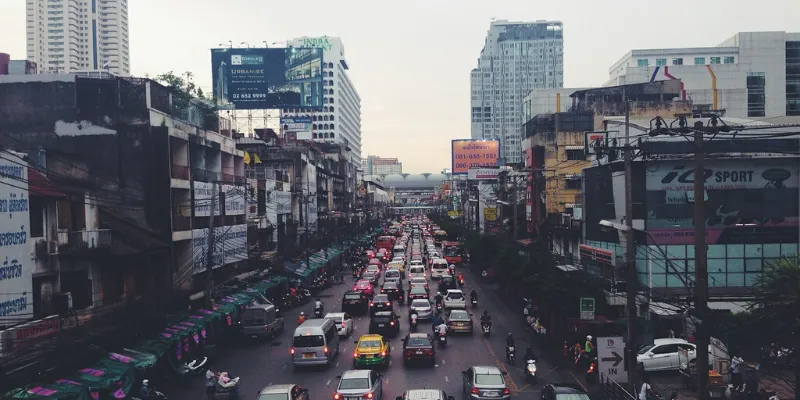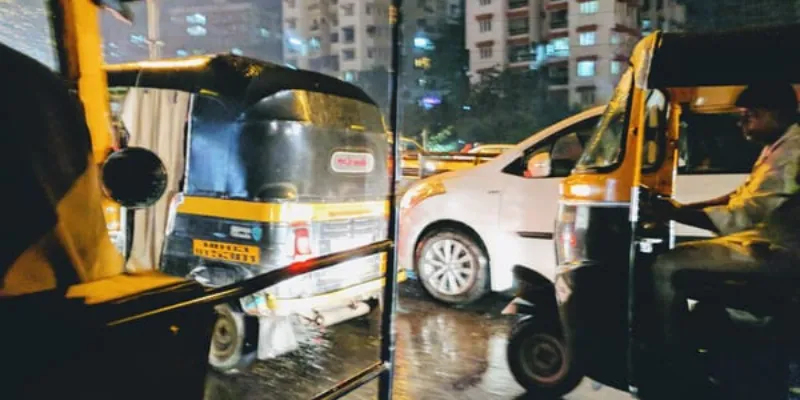Data-based intervention key to address gaps in Indian urban mobility landscape
Data collection from commuters and mobility services hold the potential to deliver key data points that help in exploring solutions for urban mobility.
India’s transport demand has grown almost eight times since 1980 – more than any other Asian economy. Motorisation rates in India are in double digits, a trend that most developing economies are following. With approximately 200 million two-wheelers on road, India is by far the largest market globally for motorcycles and scooters, and the numbers are on the rise.
In India, less than half the cities with a population in excess of half a million and state capitals adhere to an organised transport system. Even fewer cities currently lay claim to an operational mass rapid transit system.

With the ownership of private vehicles increasing, the share of public transport has declined – from 69 percent in 1994 to 38 percent in 2007, especially in cities having more than four million population.
The shift from public transportation to private ownership of vehicles can be attributed to rising discretionary incomes, growing competition in the auto sector leading to the affordability of vehicles, and the aspirational dream of the people to own a car. One of the other reasons is that public transportation has not been able to provide the required service levels and comfort to commuters.
With continuous urbanisation in India, the travel demand for commuters is increasing, with varying trip patterns and longer commuting distances. While access to public transportation remains a factor, Indian cities also struggle with other factors like deteriorating infrastructure affecting pedestrian safety, over-utilisation of road capacity leading to congestion and vehicle emissions leading to air pollution.
Mobility map for cities
To meet the growing needs of an increasingly mobile urban population and to counter the impacts of congestion and air pollution, while driving economic growth, Indian cities should develop a comprehensive mobility map that targets the needs of different demographics, while remaining a viable proposition for public and private transport operators.
To improve multiple gaps and issues in mobility, data-based interventions are key to identify, analyse, and deploy solutions across cities. Data collection from commuters, mobility services as well as operational and infrastructure data hold the potential to deliver key data points that can explore applications and solutions in a phased manner.

With the introduction of data-based technologies like Artificial Intelligence and Machine Learning, it is possible for cities and enterprises to explore datasets through multiple lenses to make informed decisions on interventions. For example, as city roads and surrounding infrastructure deteriorates over time, there is an increased risk of road accidents and incidents of pedestrian injuries.
In a road safety initiative in 2015, a pilot was explored for the Greater Hyderabad Municipal Corporation with private enterprises deploying technology interventions that enabled digital road surveys (enabled by IoT or remote sensing applications). The objective of the pilot was to give Hyderabad municipalities and Telangana government an insight into the different types and degrees of road damage, footpath damage or insufficient lighting to enable prioritised infrastructure modifications and repairs in the city.
Using data to the bridge gap
Similarly, data can serve as a catalyst to enable public transport agencies to work in tandem to provide transport service levels that have the potential to address a commuter’s doorstep-to-doorstep journey rather than a specific part of the journey. With open-data policies, like the one adopted by the Government of Kerala, cities will be able to collate and analyse non-personal identifiable data (non-PID) collected from passenger journeys and other city datasets to identify people’s movement and work with multiple agencies and enterprises to formulate commuter-centric strategies and policies.

With the advent of electric vehicles (EVs) in the Indian market, there is a case to be made for addressing city-level vehicular emissions from passenger and freight vehicles. Coupled with vehicle asset management systems and charging infrastructure, cities can use pattern matching of trips and deploy a city-wide electric mobility map to encourage the use of EVs.
Mobility as a Service (MaaS) acts as an all-encompassing platform to address multiple transport issues in cities. MaaS is a business model attempting to bring together public transport agencies, private enterprises and municipalities on a common platform and use data exchange as a mechanism for resource allocation, predictive maintenance of infrastructure and match mobility supply to dynamic commuter movements.
(The writer is part of Sustainable Transport, World Resources Institute (WRI) - India Ross Center for Sustainable Cities)
(Edited by Javed Gaihlot)








